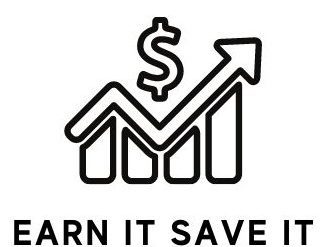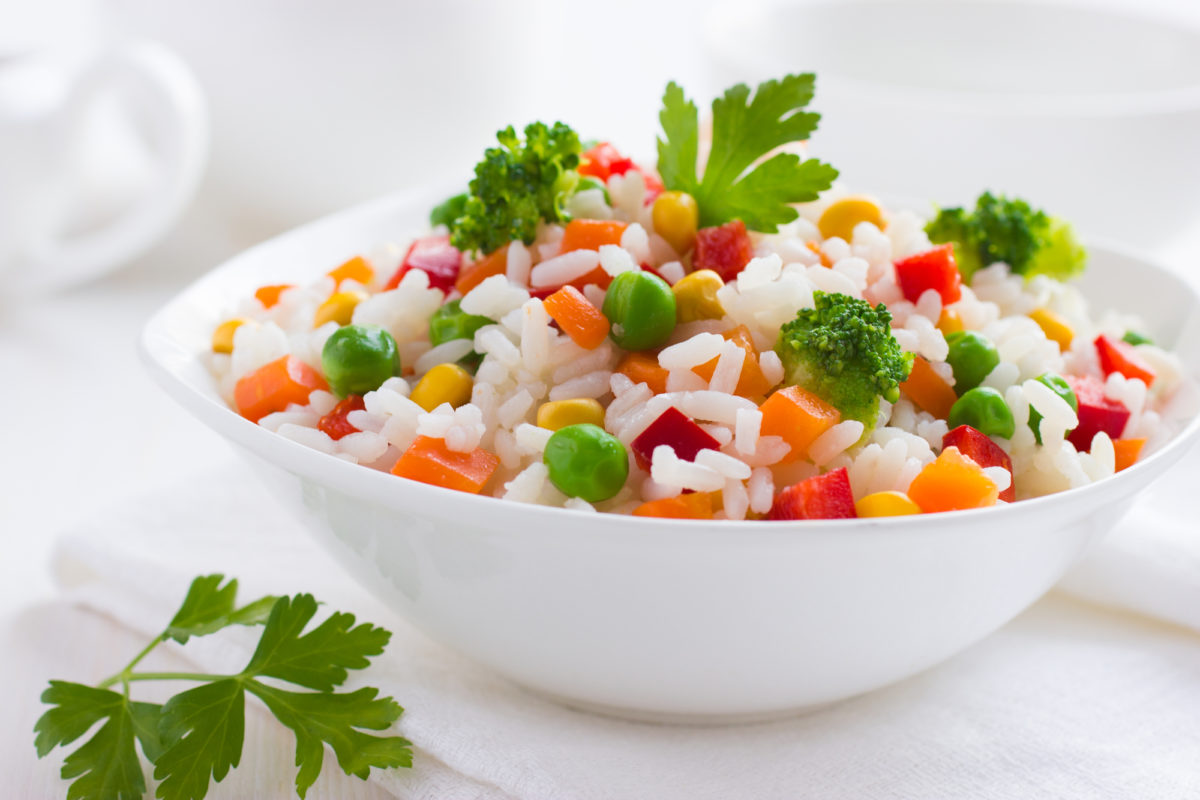One of the easiest ways to save money on groceries is by purchasing the cheapest foods available. But before you run out and buy generic fruit loops or hot dogs, keep in mind that many cheapest foods contain valuable nutrition–it doesn’t have to be one or the other.
Not only can these foods be affordable, but they can also be nutritious and filling. By incorporating these foods into your diet, you can save money and still eat well.
Some of the cheapest foods available include grains such as rice, oats, and quinoa. These grains are versatile and can be used in a variety of dishes. Additionally, they are often sold in bulk, making them an affordable option for those on a budget. Other affordable options include beans, lentils, and chickpeas, which are great sources of protein and can be used in soups, stews, and salads.
When grocery shopping, it’s important to keep an eye on food prices and look for deals. Many grocery stores offer discounts on certain items, so it’s worth checking the weekly ads before heading to the store. Additionally, buying in bulk can be a great way to save money in the long run. By purchasing larger quantities of food, you can often get a better price per unit.
Table of Contents
Nutritional Considerations
When it comes to choosing the cheapest foods, it’s important to consider their nutritional value. While it may be tempting to opt for the cheapest options available, balancing cost and nutrition is essential to ensure that you’re getting the nutrients your body needs to function optimally.
Balancing Cost and Nutrition
One way to balance cost and nutrition is by prioritizing nutrient-dense foods. Nutrient-dense foods are those that provide a high amount of nutrients relative to their calorie content. These foods tend to be more filling and satisfying, which can help you eat less overall and save money in the long run.
Another way to balance cost and nutrition is by choosing healthy, whole foods over processed options. Processed foods tend to be more expensive and often contain added sugars, unhealthy fats, and other additives that can be harmful to your health.
Identifying Nutrient-Dense Foods
When it comes to identifying nutrient-dense foods, there are a few key things to keep in mind. First, look for foods that are high in protein, fiber, vitamins, and minerals. These nutrients are essential for maintaining good health and can help you feel full and satisfied after meals.
Second, look for foods that are rich in antioxidants. Antioxidants are compounds that help protect your cells from damage caused by free radicals, which can contribute to chronic diseases like cancer, heart disease, and Alzheimer’s.
Some examples of nutrient-dense foods include:
- Leafy greens like spinach, kale, and collard greens
- Cruciferous vegetables like broccoli, cauliflower, and Brussels sprouts
- Berries like blueberries, strawberries, and raspberries
- Nuts and seeds like almonds, walnuts, and chia seeds
- Whole grains like brown rice, quinoa, and oats
- Lean proteins like chicken, turkey, and fish
By incorporating these foods into your diet, you can ensure that you’re getting the nutrients your body needs without breaking the bank.
Staple Foods and Ingredients
When you’re trying to save money on food, it’s important to know which staple foods and ingredients are the cheapest and most versatile. Here are some budget-friendly options to consider:
Grains and Cereals
Grains and cereals are a great way to fill up on a budget. Rice, oats, and pasta are all affordable options that can be used in a variety of dishes. Brown rice and oats are particularly nutritious, as they contain fiber and other important nutrients. Pasta is a great option for quick and easy meals, and can be dressed up with a variety of sauces and toppings. Grains and Cereals Price per pound Rice $0.50 – $1.00 Oats $0.50 – $0.75 Pasta $0.75 – $1.00
Proteins
Protein is an essential nutrient that can be found in a variety of affordable foods. Chicken and eggs are both great sources of protein that can be used in a variety of dishes. Beans are another affordable option that are high in protein and fiber. They can be used in soups, stews, and salads, and are a great vegetarian option. Proteins Price per pound Chicken $2.50 – $3.00 Eggs $1.50 – $2.00 Beans $0.75 – $1.00.
Fruits and Vegetables
Fruits and vegetables are an important part of a healthy diet, and can also be affordable if you know what to look for. Apples and bananas are both affordable options that can be eaten as a snack or used in baking. Broccoli and carrots are both versatile vegetables that can be used in a variety of dishes. Onions are another affordable option that can add flavor to a variety of dishes. Fruits and Vegetables Price per pound Apples $0.95 – $1.50 Bananas $0.50 – $0.75 Broccoli $1.00 – $2.50 Carrots $0.75 – $1.00 Onions $0.50 – $0.75.
By incorporating these staple foods and ingredients into your meals, you can save money on your grocery bill without sacrificing nutrition or flavor.
Shopping Strategies
When you’re on a tight budget, it’s important to have a plan before you go grocery shopping. Here are some strategies to help you save money on your next trip to the grocery store.
Creating a Budget-Friendly Grocery List
Creating a grocery list is a great way to stay organized and save money. Before you head to the store, take some time to plan out your meals for the week. Look for recipes that use inexpensive ingredients, such as beans, rice, and pasta. Make a list of the items you need, and stick to it when you’re at the store.
To save even more money, consider buying generic or store-brand products instead of name-brand items. These products are often just as good as their more expensive counterparts but cost significantly less.
Utilizing Coupons and Discounts
Coupons and discounts can help you save money on your grocery bill. Look for coupons in your local newspaper, online, or in-store. Many grocery stores also offer loyalty programs that allow you to earn points or discounts on your purchases.
Another great way to save money is to use cash-back apps like Ibotta. These apps allow you to earn cash back on your purchases by simply scanning your receipt. You can then use the cash you earn to help offset the cost of future grocery trips.
By creating a budget-friendly grocery list and utilizing coupons and discounts, you can save money on your grocery bill without sacrificing the quality of your meals.
Meal Planning and Preparation
Meal planning and preparation is one of the most effective ways to save money on food. By planning your meals ahead of time, you can avoid impulse purchases and reduce food waste. Here are some tips for affordable meal planning and preparation.
Affordable Meal Ideas
When planning your meals, it’s important to choose affordable ingredients. Some cheap foods that are also healthy include:
- Beans and lentils: These are a great source of protein and fiber, and can be used in a variety of dishes such as soups, stews, and salads.
- Rice and pasta: These staples are filling and can be used as a base for many meals. Brown rice and whole wheat pasta are healthier options.
- Frozen vegetables: These are often cheaper than fresh vegetables and can be just as nutritious. They’re also convenient because you can use only what you need and save the rest for later.
- Canned tomatoes: These can be used in a variety of dishes such as soups, stews, and sauces. They’re also a good source of vitamin C.
- Eggs: These are a cheap and versatile source of protein. They can be used in many dishes such as omelets, frittatas, and quiches.
Cooking Cheap, Healthy Meals
When cooking your meals, there are several things you can do to save money:
- Cook in bulk: Cooking in large batches can save you time and money. You can freeze leftovers for later or use them for lunch the next day.
- Use cheaper cuts of meat: Cheaper cuts of meat such as chicken thighs, pork shoulder, and beef chuck are often more flavorful and can be used in stews and casseroles.
- Use spices and herbs: These can add flavor to your meals without adding extra calories or cost. Buying spices in bulk can also save you money.
- Buy in season: Buying fruits and vegetables that are in season can save you money because they’re often cheaper and more flavorful.
- Shop sales: Check your grocery store’s weekly ads for sales on items you need. You can also buy in bulk when things are on sale.
By following these tips, you can plan and prepare healthy, affordable meals that won’t break the bank.
6 Excellent Books on Raising Financially Savvy Kids
Maximizing Food Resources
When it comes to eating well on a budget, maximizing your food resources is key. This means buying in bulk, preserving freshness, and minimizing waste. By following these simple steps, you can stretch your food budget further and ensure that you always have healthy, nutritious food on hand.
Buying in Bulk
Buying in bulk is a great way to save money on food. When you buy in bulk, you can often get a better price per unit than if you purchase individual items. Plus, you’ll have more control over the quantity of food you purchase, which can help prevent waste.
Some pantry staples that you can buy in bulk include rice, beans, pasta, oats, and spices. These items are all shelf-stable and can be stored in a cool, dry place for months. You can also buy fresh produce in bulk when it’s in season and freeze it for later use.
Preserving Freshness and Minimizing Waste
Preserving freshness and minimizing waste are two important steps in maximizing your food resources. By storing your food properly and using up leftovers, you can extend the life of your food and reduce waste.
To preserve freshness, make sure to store your food in the right conditions. For example, fruits and vegetables should be stored in the crisper drawer of your refrigerator, while bread should be kept in a cool, dry place. You can also use food storage containers to keep your food fresh for longer.
When it comes to minimizing waste, try to use up leftovers as much as possible. You can use leftover vegetables to make a soup or stir-fry or turn leftover rice into a fried rice dish. You can also freeze leftovers for later use, which can help prevent food waste.
By following these simple steps, you can maximize your food resources and eat well on a budget.
Frequently Asked Questions
What are some budget-friendly bulk foods to purchase?
When you are looking to save money on groceries, purchasing foods in bulk can be a great option. Some budget-friendly bulk foods to consider include rice, beans, lentils, oats, and pasta. These foods are versatile and can be used in a variety of dishes. Additionally, they have a long shelf life, so you can stock up on them without worrying about them going bad.
How can I create a grocery list when I’m on a tight budget?
Creating a grocery list when you are on a tight budget can be challenging, but it is possible. Start by planning your meals for the week and making a list of the ingredients you will need. Stick to your list when you go to the grocery store and avoid impulse purchases. Look for sales and coupons to help you save money. Consider purchasing store-brand items, as they are often cheaper than name-brand items.
Which foods offer the best value for money at grocery stores?
When you are on a tight budget, it is important to look for foods that offer the best value for money. Some affordable options include canned and frozen fruits and vegetables, whole grains, and dried beans. These foods are often cheaper than fresh produce and can be stored for longer periods. Additionally, they are packed with nutrients, making them a healthy choice.
What are the most affordable and healthy food options for 2023?
Eating healthy on a budget can be challenging, but it is possible. Some affordable and healthy food options to consider include eggs, canned tuna, frozen vegetables, brown rice, and sweet potatoes. These foods are packed with nutrients and are often cheaper than other options. Additionally, they can be used in a variety of dishes, making them a versatile choice.
What strategies can I use to eat well on a limited budget for an entire week?
When you are on a limited budget, it can be challenging to eat well for an entire week. Some strategies to consider include meal planning, purchasing foods in bulk, and cooking at home. Look for sales and coupons to help you save money. Consider purchasing store-brand items, as they are often cheaper than name-brand items. Finally, try to limit your intake of processed foods, as they are often more expensive and less healthy than whole foods.
Which foods provide the most nutrition for the lowest cost?
When you are on a tight budget, it is important to look for foods that provide the most nutrition for the lowest cost. Some affordable options to consider include beans, lentils, oats, brown rice, and frozen vegetables. These foods are packed with nutrients and are often cheaper than other options. Additionally, they can be used in a variety of dishes, making them a versatile choice.


